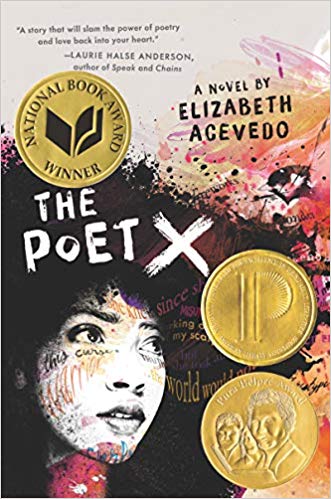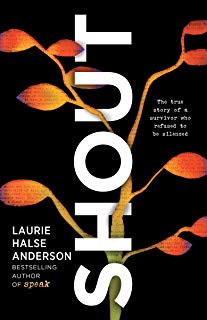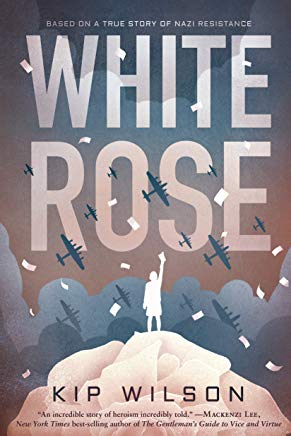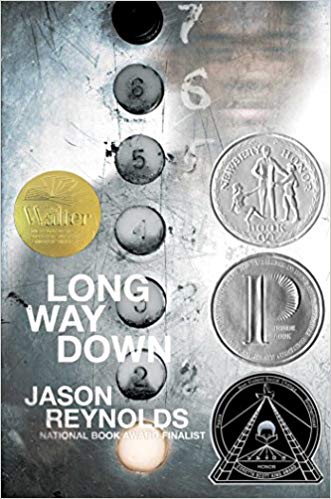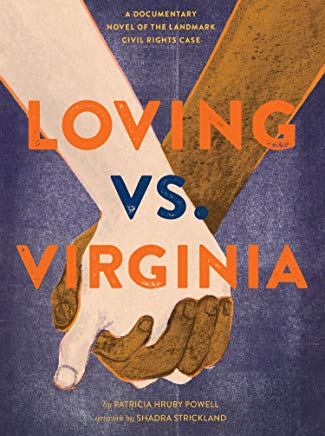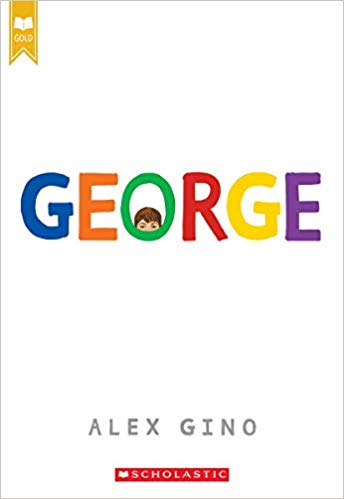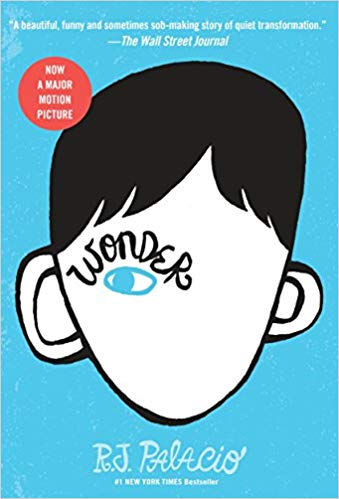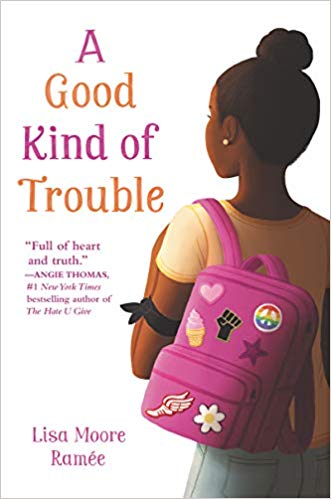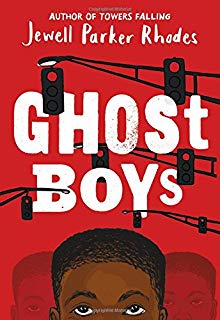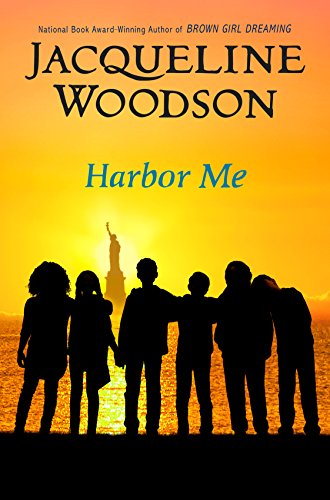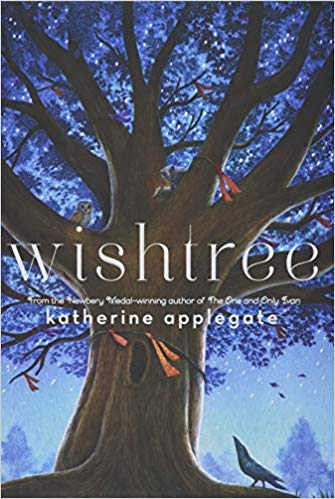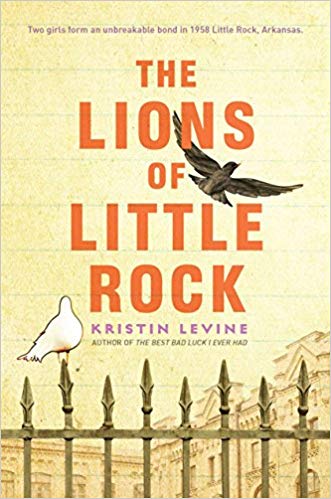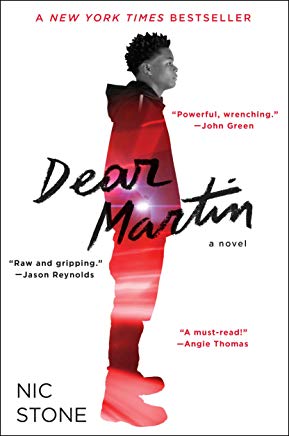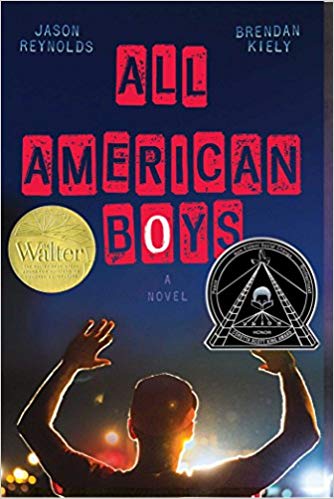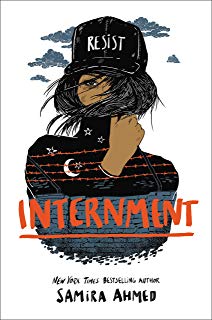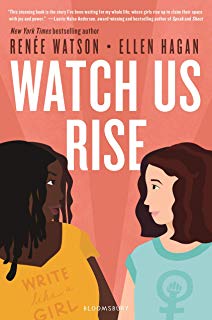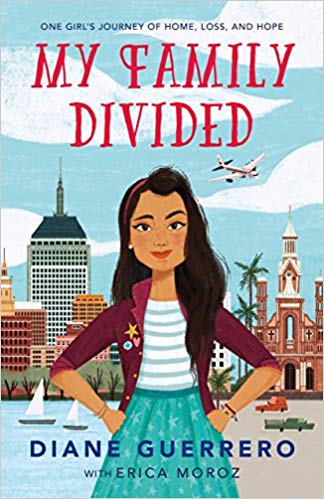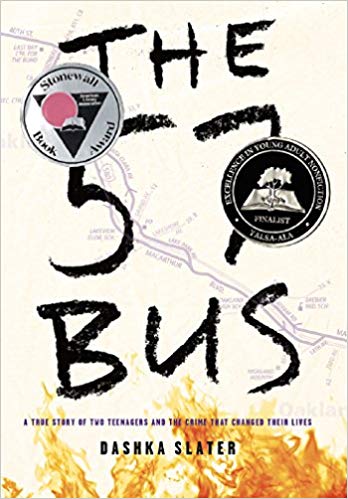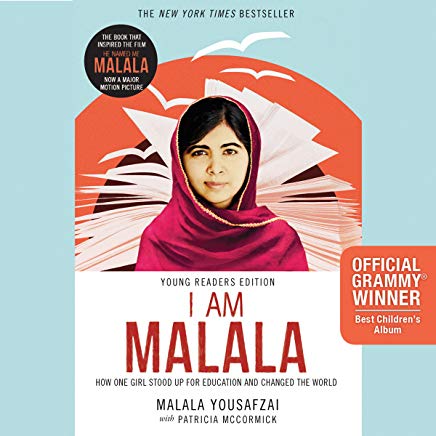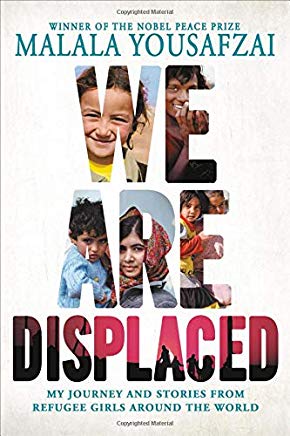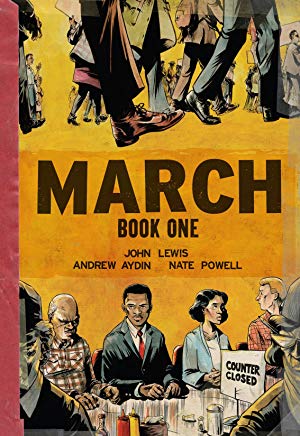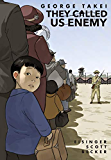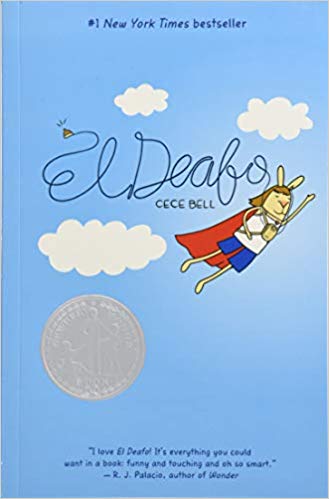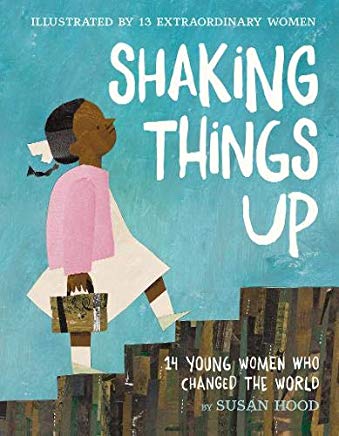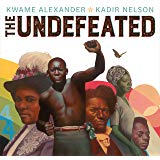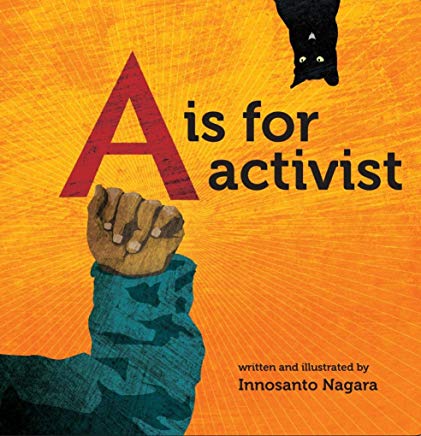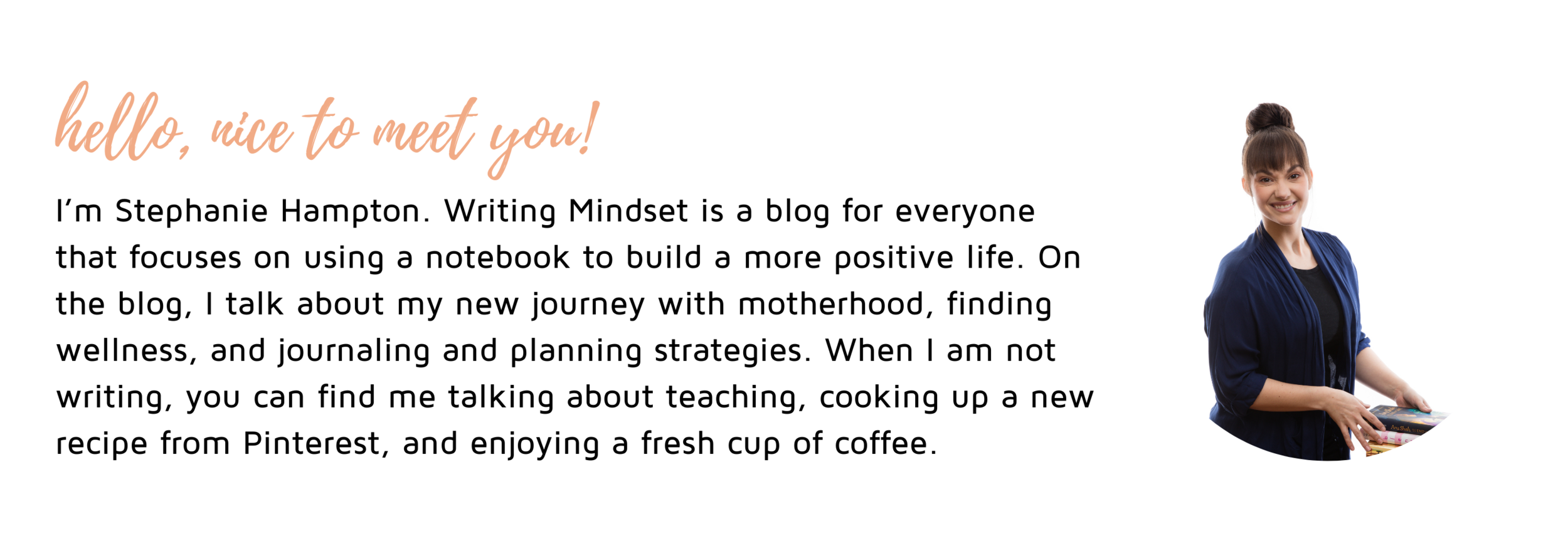30 Diverse Mentor Texts for Young Activists
Reading As a Way to Inspire Young Activists
Project Background
Where have I been on the blog? Two words: RESEARCH PROJECTS. My Advanced English Sixth Grade group is currently finishing up our Activism Research Unit. We choose topics about problems we are passionate about in the world or want to know more about and we look at the influence of that problem on society. We also work some MLA formatting, in-text citations, and embedding quotations into the works. My General English Sixth Grade group is wrapping up our “change-makers” biographical report unit where they are studying a person of their choice that made a mark on history. Both preps involve students having an option to focus in on their own topic for the research project, and both preps are exploring the idea that people can change things in history and in life. They are learning about activism and how these larger social, political, cultural, and environmental issues influence their day-to-day and can seem daunting to enact any real change. In case you were interested in my Advanced English Packet: Click here for our class research packet. In case you were interested in our General 6 Biography Unit: Click here for our class packet.
This particular post is inspired by the demand for students to have a selection of reading materials in my classroom as it relates to activism. Angie Thomas said, “literature births activists.” While this is true and all of the reading you are about to review has the power to birth activists, I have come to the conclusion that is the ability to read and the capability to become knowledgable in a particular area that inspire young people to make changes. I am going to review how I begin the year for Fall 2019 with teaching students how to do mini-research and how to find answers to questions that they don’t know. We are going to start research early. I have a love and hate relationship with research because it is a huge, multi-step unit. However, I can feel the learning dripping from their fingers as they type into the computers and learn how to use online databases, cite their facts, and answer their research questions. You can feel it in the air-not the stench of MLA formatting-the feeling of kids buzzing with authentic learning experiences. While reading ignites the passion, research creates the activist.
Making Space for Conversations
The most powerful tool we have as educators is to talk to our students. The books that follow in this post can spark conversations about doing more in our communities and in our world. They would make great book club selections and they would make great whole class reads. If you are considering book club selections, Pernille Ripp just posted a great blog post about creating and setting up book clubs. I am going to use some of these ideas for my end of the year projects and in my own book selections. I go through in my post, “10 Criteria for Choosing Diverse Mentor Texts for Your Classroom”, how to choose diverse texts and what “counts” as diverse. I use the same criteria for looking at all the texts that appear here in these posts, but I also look at the added layer of characters or events that are representative of activism, protesting, or major change. The goal for these texts is to ask these discussion questions while reading:
What is the problem that the protagonist is fighting against?
What caused it? What are the effects?
Why should other people join this fight?
How do we “hear” the protagonist use their voice? How does their voice change from the beginning of the story until the end of the story?
Book Selections
The book selections below are all amazing texts that reference something-either in the past or present-that highlights social justice issues. This list is in no way complete; however, it is an excellent start as to some great books to start discussing activism in your classroom. There are 30+ books featured on this page that are sure to get your students to think, challenge what they know and don’t know, and have great conversations with others about how they feel on particular topics. Reading fictional resources is only one way to develop exposure of society issues; however, it is one of my favorite ways that students get to see themselves in literature and how they find their place in the world.
Novels-In-Verse
Middle-Grade Fiction
Young Adult Fiction
Non-Fiction Reads
Graphic Novels
Picture Books
Okay, Now What?
Why Student Activism?
Students are already activists, so we need to embrace it. In a post from Psychology Today, the author reviews that student activism builds identity, group inclusion, and intellectual growth. Simply, if we teach students to learn how to fight back against the injustices in our world with research and reading, we are encouraging them to be citizens that not only know how to challenge the status quo, but expect the challenge in the first place. Kids even younger than the sixth-grade students that I spend my time with on a daily basis know what is going on around them. They observe everything. Caroline Paul in her post about student activists on the TED Talks website state, “What we might call “social justice” boils down to what children would call “fairness.” Instead of responding to students that “life isn’t fair,” we should help them develop the techniques to change the things that anger them or that they feel are personally unfair to them as people. We can’t expect them to know innately how to fight back.
Because they are bound to be inspired by the people who have stepped outside of box to solve problems, we must give access to these leaders. India-Arie in her 2019 song states:
What if Martin didn't stand up
What if Rosa didn't sit down
What if Malcolm didn't man up
Where would we be now?
While I was jamming the other day to this song in my jeep, I reflected on the pop culture that we are putting in front of our kids. Musicians, vocalists, rappers, poets, writers…they call count as people influencing our students. I really loved my biographical unit this year because it showed them people who failed to give up on what they were fighting for or against. We ask these same questions about our students because their voices matter, and we should in turn ask, “Who inspires you?” While we incorporate the present moment, we have to certainly nod to the past. History tells us that more young people will follow the waves of activism from before in the hopes of discovering voice and promoting change. National Geographic reviews “Youth in Revolt: Five Powerful Movements Fueled by Young ActivistsProposed Projects After Reading.” These movements range from the Civil Rights Movement to Indigenous Water Rights in North Dakota. I sometimes think that English Teachers are really Social Studies teachers in disguise because the writings of history are so inextricably linked to the current and classic literature that lines our shelves. While it can be difficult to teach the tough stuff, these conversations are at the heart of why we are called to work with young people in the first place: to make a difference.
Proposed Classroom Projects
I love doing an activism research project, but the best part about reading about activism is the ability to digest the information by either writing about it, talking about it with others, or developing your own ideas because of reading inspiration. After browsing the list of 30+ books in this post, you may have some ideas buzzing as to how to incorporate these mentor texts into your classroom to promote activism and youth voice. Here are the main ways I would incorporate the use of these books in my classroom:
Activism Research Paper Project
Compare and Contrast Essay
Blogging Project/Joy Writing
Sketchnotes Project
Design-A-Class Project (Or school, nonprofit organization, etc)
Personal Narrative Writing or Where I’m From Poems

